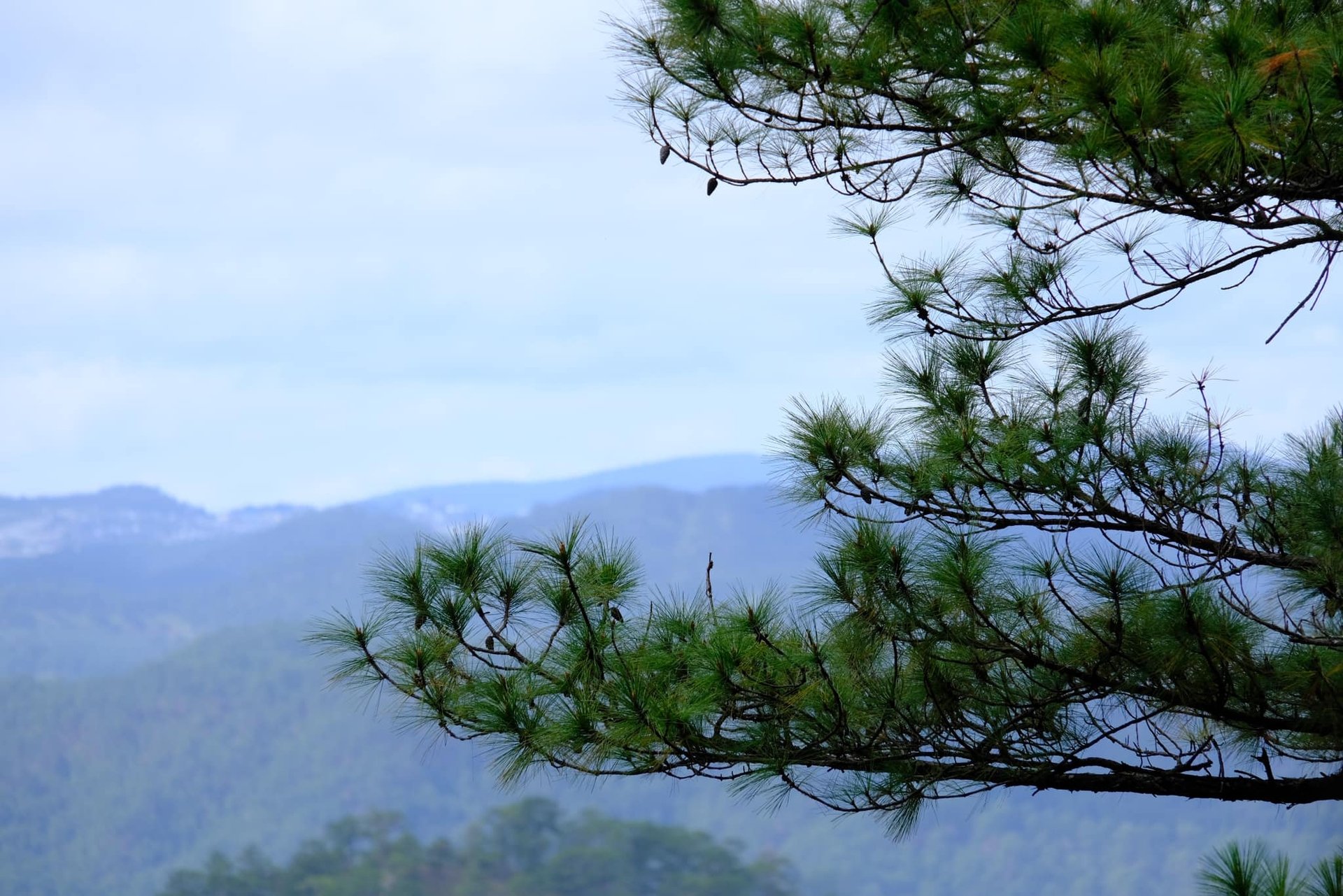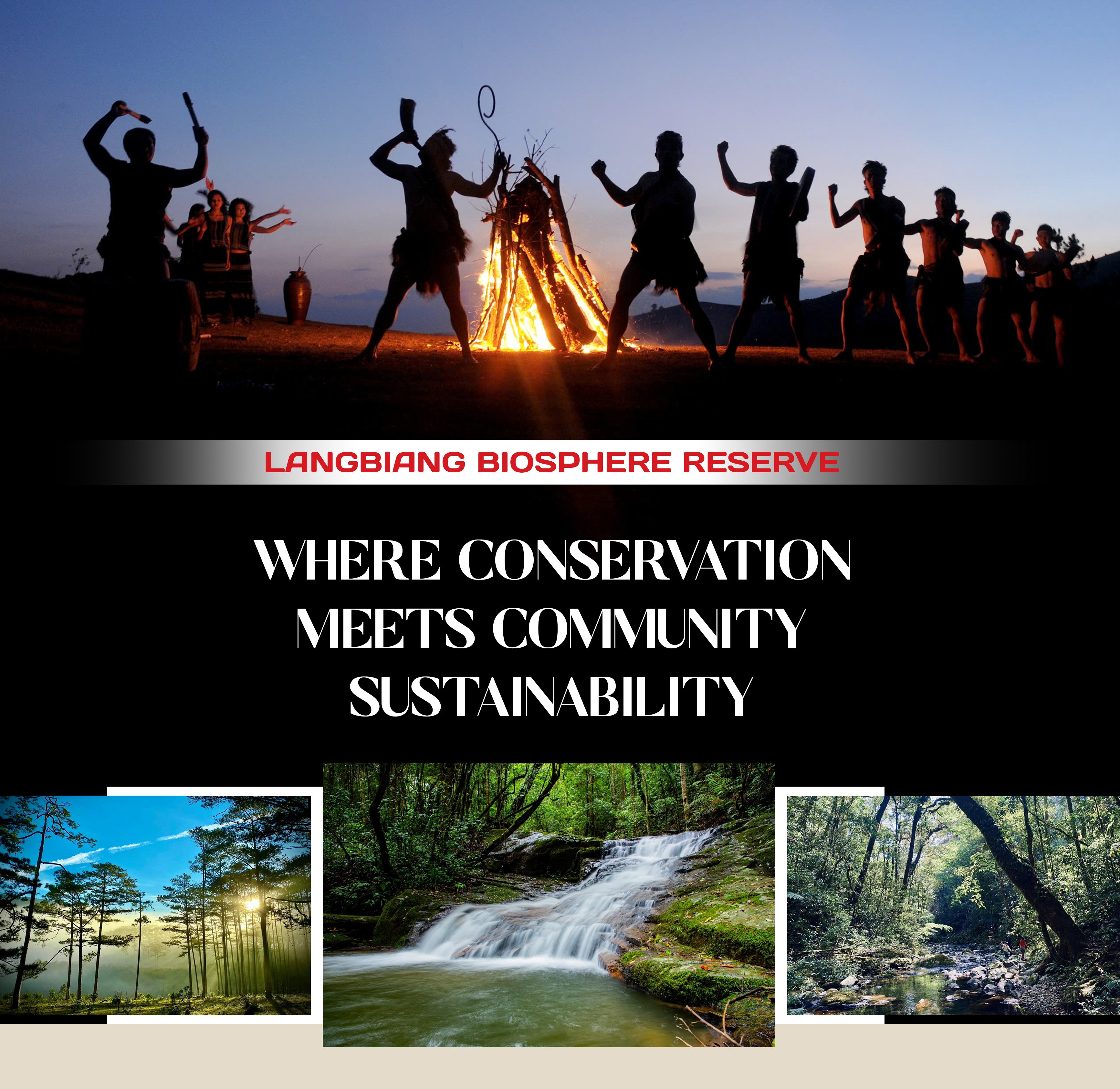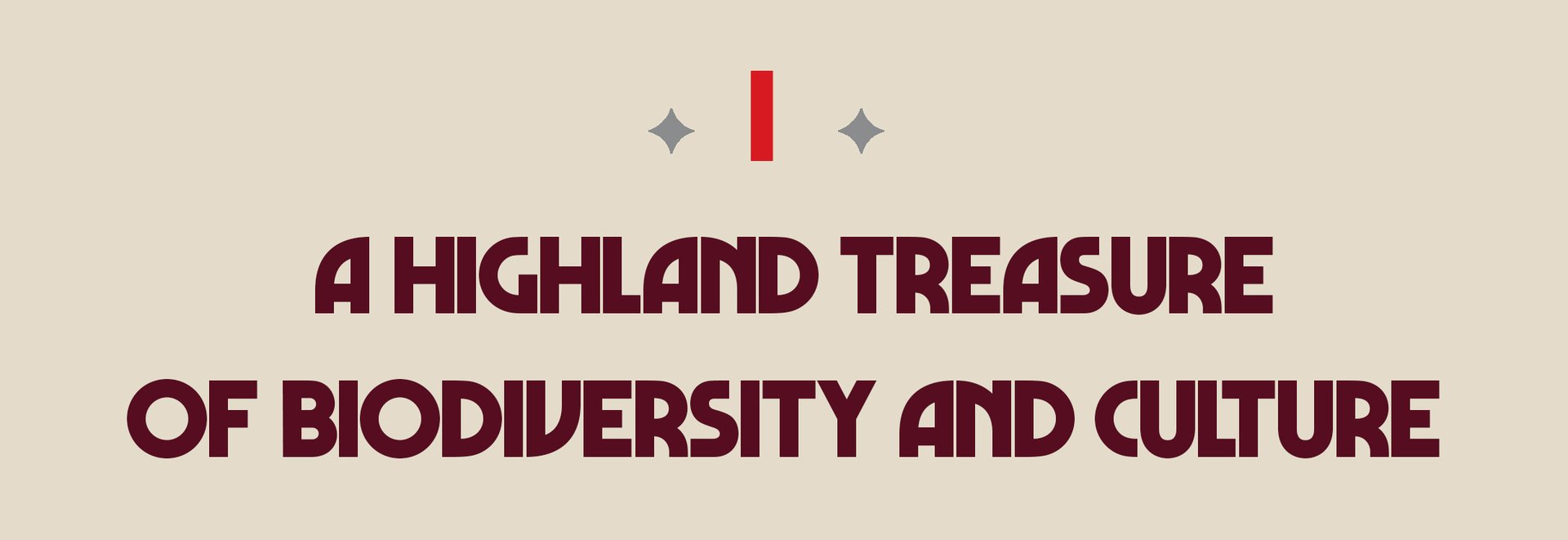
Nestled on the Lam Vien Plateau in Lam Dong province, the Langbiang World Biosphere Reserve is not only a spectacular natural landscape but also a living archive of biodiversity and traditional culture. Officially recognized by UNESCO on June 9, 2015, as Vietnam’s ninth biosphere reserve, Langbiang embodies a dual mission: preserving unique ecological and cultural values while promoting sustainable livelihoods for local communities.
The reserve covers a vast 275,600 hectares at elevations ranging from 650 to 2,300 meters above sea level and includes three integrated zones: a 44,170-hectare core area within Bidoup-Nui Ba National Park, a 62,230-hectare buffer zone, and a 169,200-hectare transition zone spanning several localities in Lam Dong. These zones protect an extraordinary variety of ecosystems and species. The altitudinal variation across the reserve supports diverse microclimates, fostering a wide range of habitat types from lower mountain evergreen forests to sub-alpine dwarf forests at higher elevations.

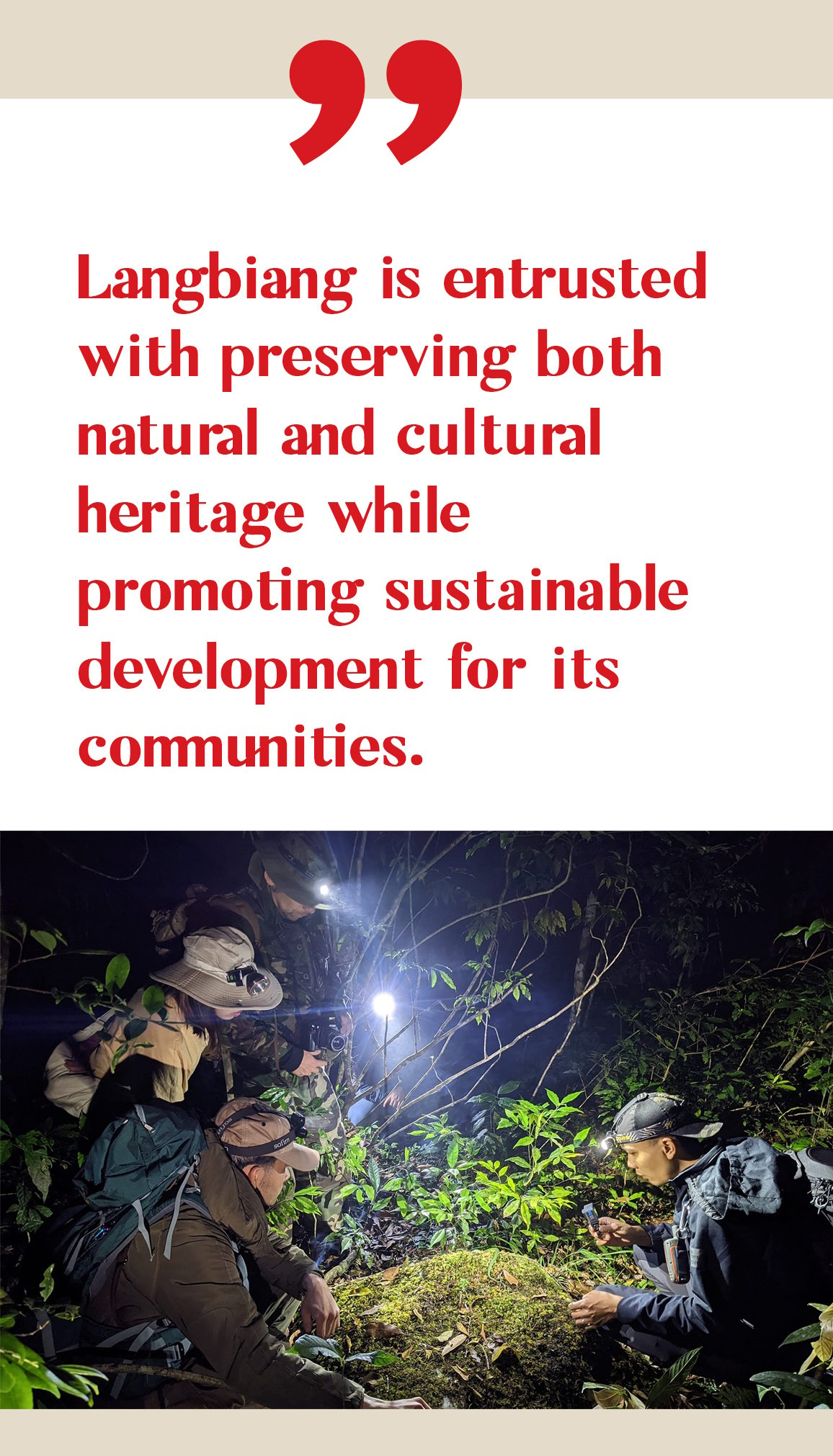
Langbiang's year-round cool climate, with average temperatures between 18 and 22°C, creates ideal conditions for temperate and high-mountain subtropical species, rarely found elsewhere in Vietnam. Dramatic daily temperature differences and ample rainfall have given rise to unique forest types, including the iconic three-needle pine forests and evergreen broadleaf forests on mountain slopes. These forests contrast sharply with the mangrove and dry dipterocarp forests of Vietnam's lowlands, offering an entirely distinct ecological character. The cool, humid conditions also contribute to unique hydrological features, with numerous streams and waterfalls crisscrossing the landscape, supporting a distinct array of aquatic life.
The three-needle pine forests of Langbiang are among the largest and most pristine in Vietnam. Their presence is crucial not only for their scenic and touristic appeal but also for climate regulation, acting as significant carbon sinks, and water retention, playing a vital role in regulating hydrological cycles for the surrounding region. They also serve as essential habitats for numerous endemic species. These pine groves form a recognizable visual signature of the Langbiang landscape, their distinctive scent permeating the highland air.
Yet what makes Langbiang truly unique is not only its natural wealth but also its rich indigenous culture, particularly that of the K’Ho people. The K'Ho, an ethnic group with a long history in the Central Highlands, have developed a profound relationship with their environment. In contrast to biosphere reserves that focus solely on ecological protection, Langbiang integrates the safeguarding of cultural heritage as an inseparable part of its conservation strategy, recognizing the intrinsic link between human culture and ecological health.

The K’Ho communities, with their ancient villages, traditional gong music, communal houses (nha rong), ancestral festivals, and intimate knowledge of forest resources, embody a millennia-old relationship between humans and nature. Their gong culture, recognized by UNESCO as intangible cultural heritage, is not merely a form of music but a vital element of their spiritual and communal life, used in ceremonies, celebrations, and daily activities. They are both custodians of their land and active agents in its conservation, and their traditional practices often align with sustainability principles. This dual focus creates a unique development model where biodiversity is protected through the wisdom and traditions of local communities, fostering a sense ownership and responsibility towards their natural and cultural assets.
According to Professor Nguyen Hoang Tri, Chair of the Vietnam National Committee for the UNESCO Man and the Biosphere Program, Langbiang established a collaborative, multi-stakeholder management system shortly after its UNESCO designation, with strong support from the Japan International Cooperation Agency (JICA). This model, he notes, is exemplary and should be shared with other biosphere reserves across Vietnam and beyond, serving as a blueprint for integrated management. Langbiang contributes meaningfully to Vietnam’s national action plan for sustainable development, UNESCO’s MAB program, and the global LIMA Action Plan (2016–2025), demonstrating a commitment to global sustainability goals.

Langbiang hosts an impressive mosaic of ecosystems: evergreen broadleaf forests, coniferous woodlands, mixed forest types, and bamboo groves. Within this biodiversity-rich landscape thrive over 1,940 plant species and 747 animal species. The specific combination of elevation, climate, and geological features creates a unique environment that supports this high level of biodiversity, including many species found only in this region.
Many of these species are endangered or critically threatened. Sixty-four plant species are listed in the Vietnam Red Book, while 34 others are recognized for their conservation or medicinal value. Among them is a 1,300-year-old Pomu tree, a valuable red pine known for potential cancer-fighting compounds, and numerous rare orchids. The presence of such ancient and unique flora underscores the long-term ecological stability and importance of the reserve as a botanical sanctuary.
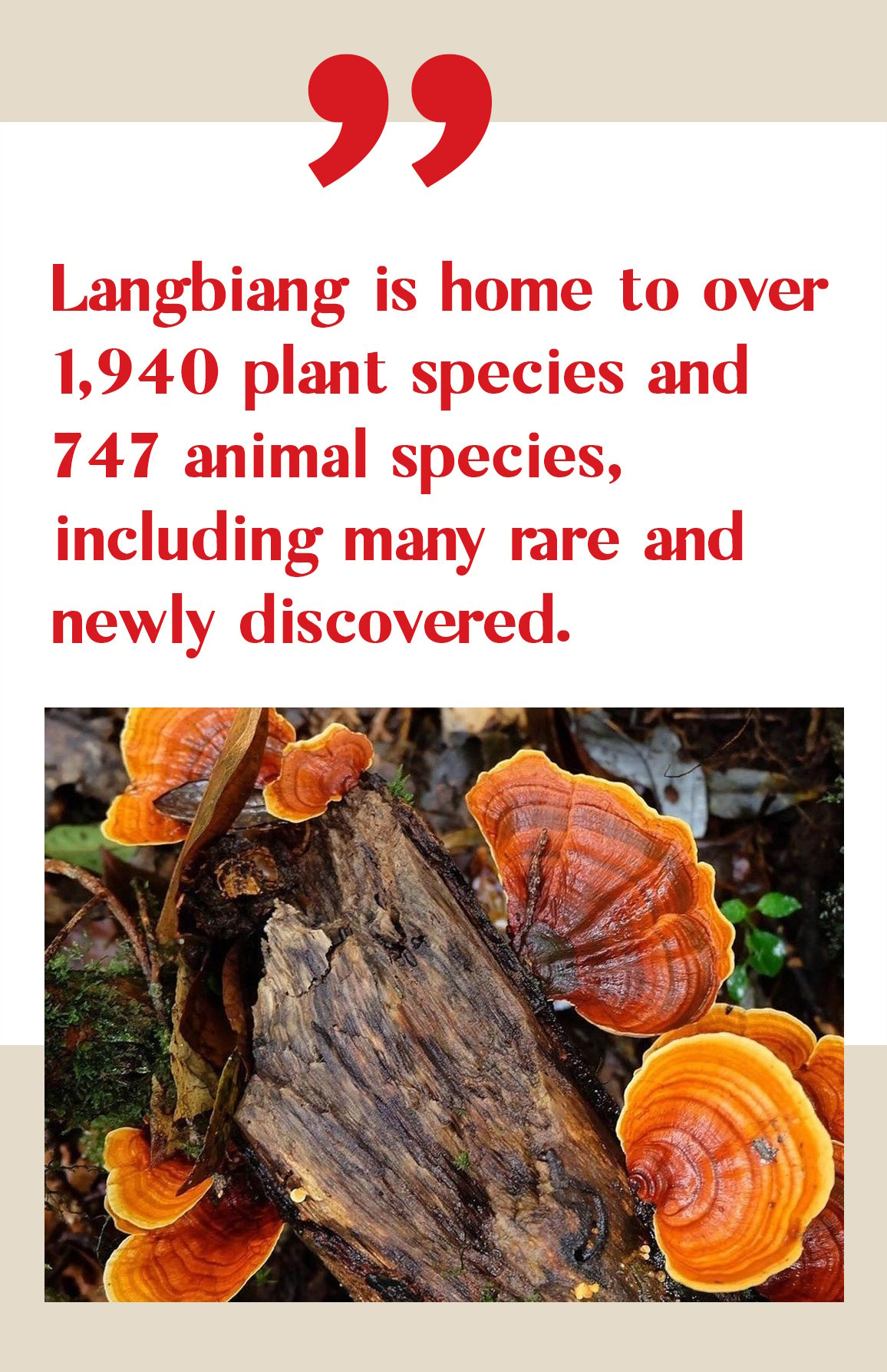
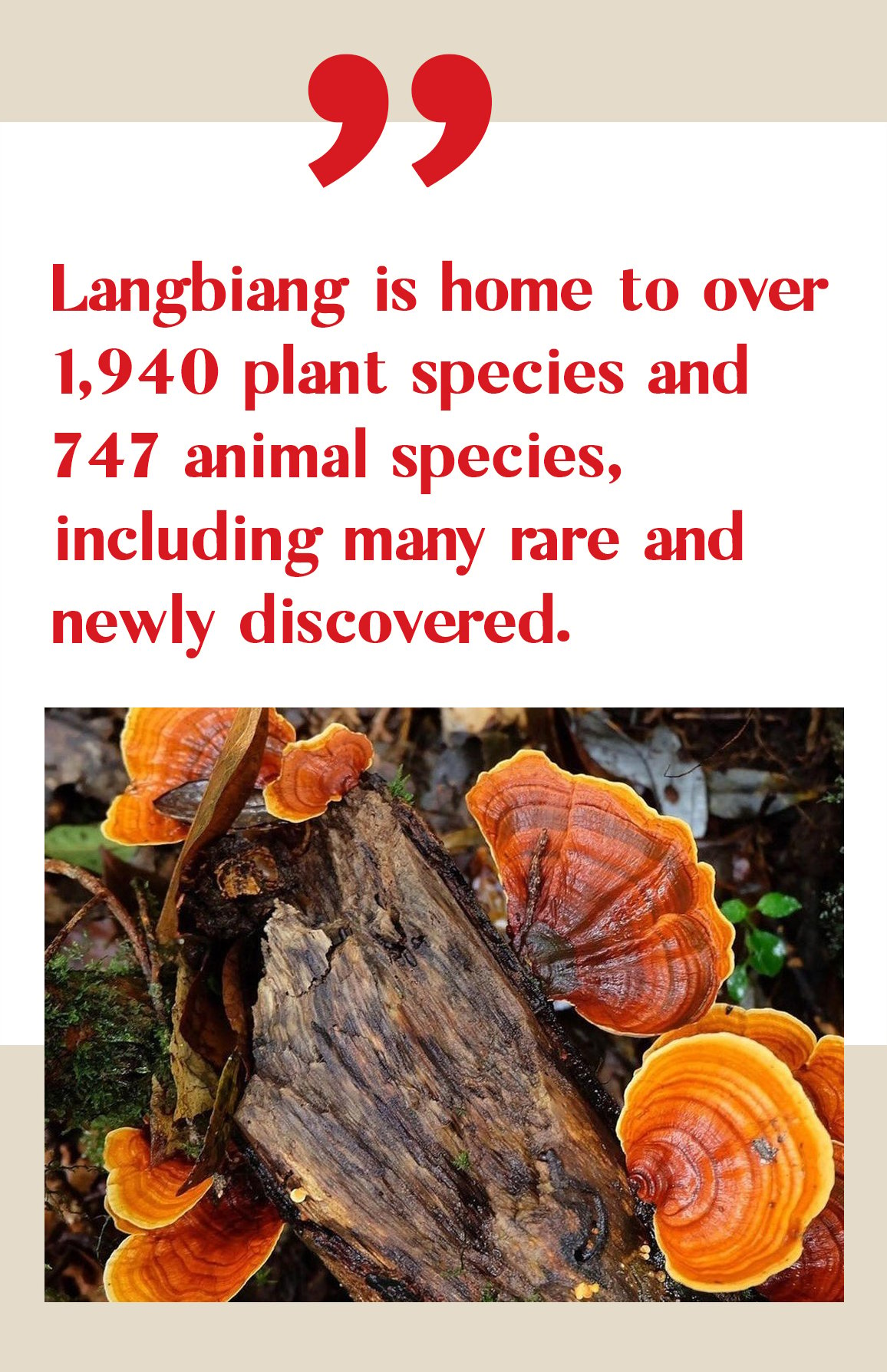
Its wildlife includes 89 mammal species, 247 bird species, 46 reptile species, 46 amphibians, 30 fish species, and 335 types of insects. Among the most precious are endemic and endangered species such as the Langbiang laughingthrush (Mi langbiang), a bird species found only here, the black-shanked douc, yellow-cheeked gibbon, northern banded civet, and the elusive masked spiny tree frog. These species serve as critical indicators of the health of the ecosystem and are priorities for conservation efforts within the reserve.
Camera traps within the reserve have also captured images of the large-antlered muntjac, a deer species once thought to be on the brink of extinction, offering hope for its continued survival in Langbiang’s protected forests. This discovery highlights the ongoing scientific research and monitoring efforts within the reserve and the success of its protection measures in providing a refuge for vulnerable wildlife.
Beyond its ecological wealth, Langbiang is an agricultural powerhouse. The area produces premium tea, vegetables, and flowers, benefiting from the region's favorable cool climate and fertile volcanic soils. It ranks second in Vietnam in coffee production, with a significant portion of the country's high-quality coffee originating from these highlands. These agricultural goods, cultivated under favorable climatic and soil conditions, are exported and highly regarded both locally and internationally, contributing substantially to the local economy.
The artichoke is Langbiang's symbol, equally important like how the lotus represents Vietnam. Thanks to the region’s unique microclimate and fertile soil, Langbiang-grown artichokes are widely praised as among the best in Asia. Their distinct flavor and quality are highly sought after, used in various culinary applications and as a popular herbal tea.
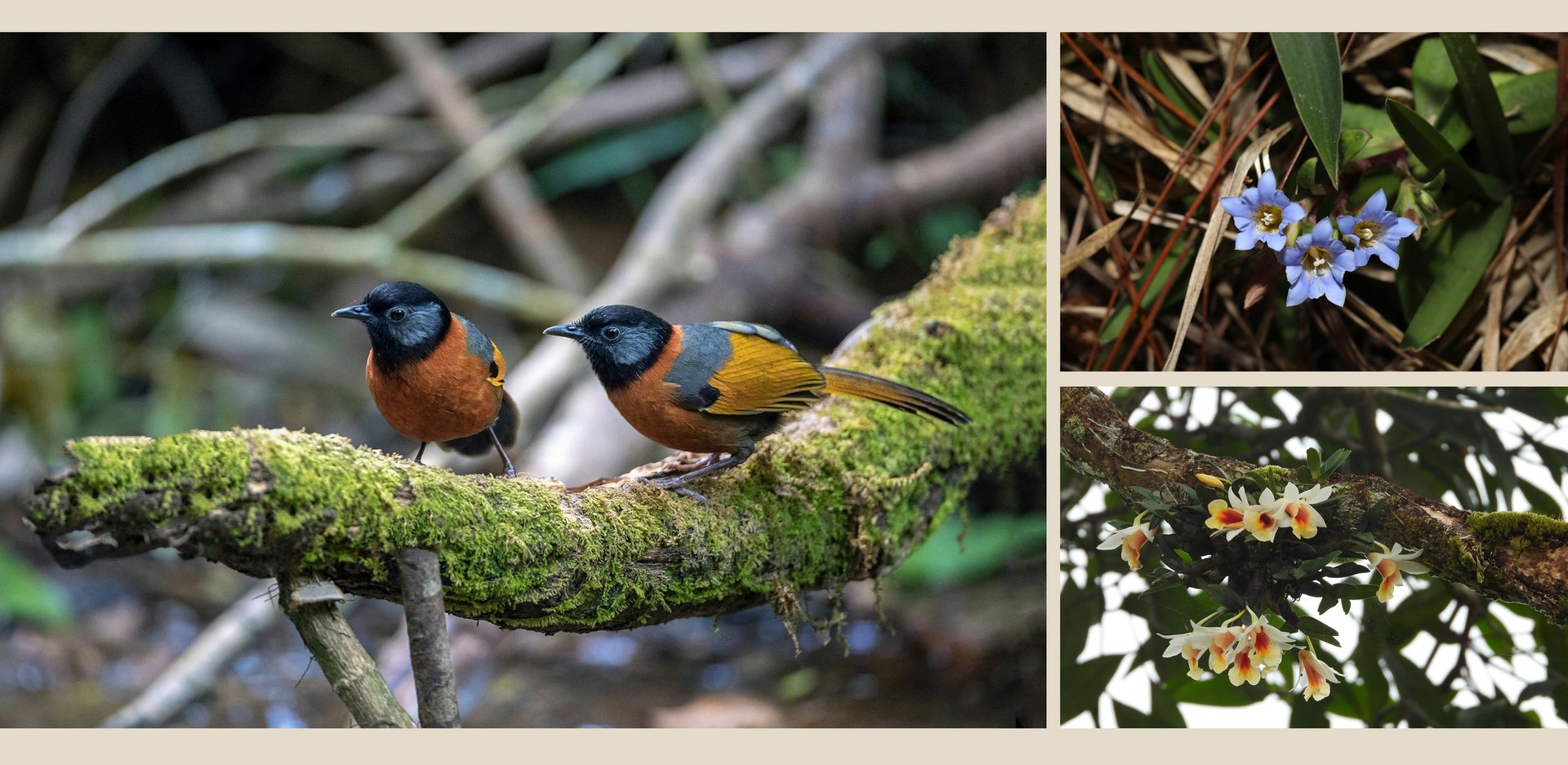
Langbiang is also part of Lam Dong’s thriving flower industry, the largest in Vietnam. Da Lat, the provincial capital, dazzles visitors year-round with blooming cherry blossoms, mimosa, purple phoenix trees, orchids, roses, and chrysanthemums. This vibrant floral landscape contributes significantly to tourism and provides a key economic driver for the region.
Another hallmark of the region is the persimmon tree. Naturally grown (not in greenhouses), persimmons are cultivated in household yards, with the fruit often referred to as “Nature’s Sweet Nectar” or “Heaven’s Gift” by locals. Rows of ripening orange fruit hanging to dry against the backdrop of mountains offer an unforgettable image of Langbiang, showcasing a traditional agricultural practice that yields a highly prized dried fruit.
The K’Ho people began cultivating coffee in the 19th century after the French introduced it. Today, Langbiang coffee is recognized for its quality in regional and global markets, benefiting from decades of traditional knowledge combined with modern cultivation techniques.
Another treasure of the region is the Shiitake mushroom. Langbiang’s clean air, pure water, and temperate climate provide the perfect environment for growing this high-value crop, making it a sustainable source of income for local communities.
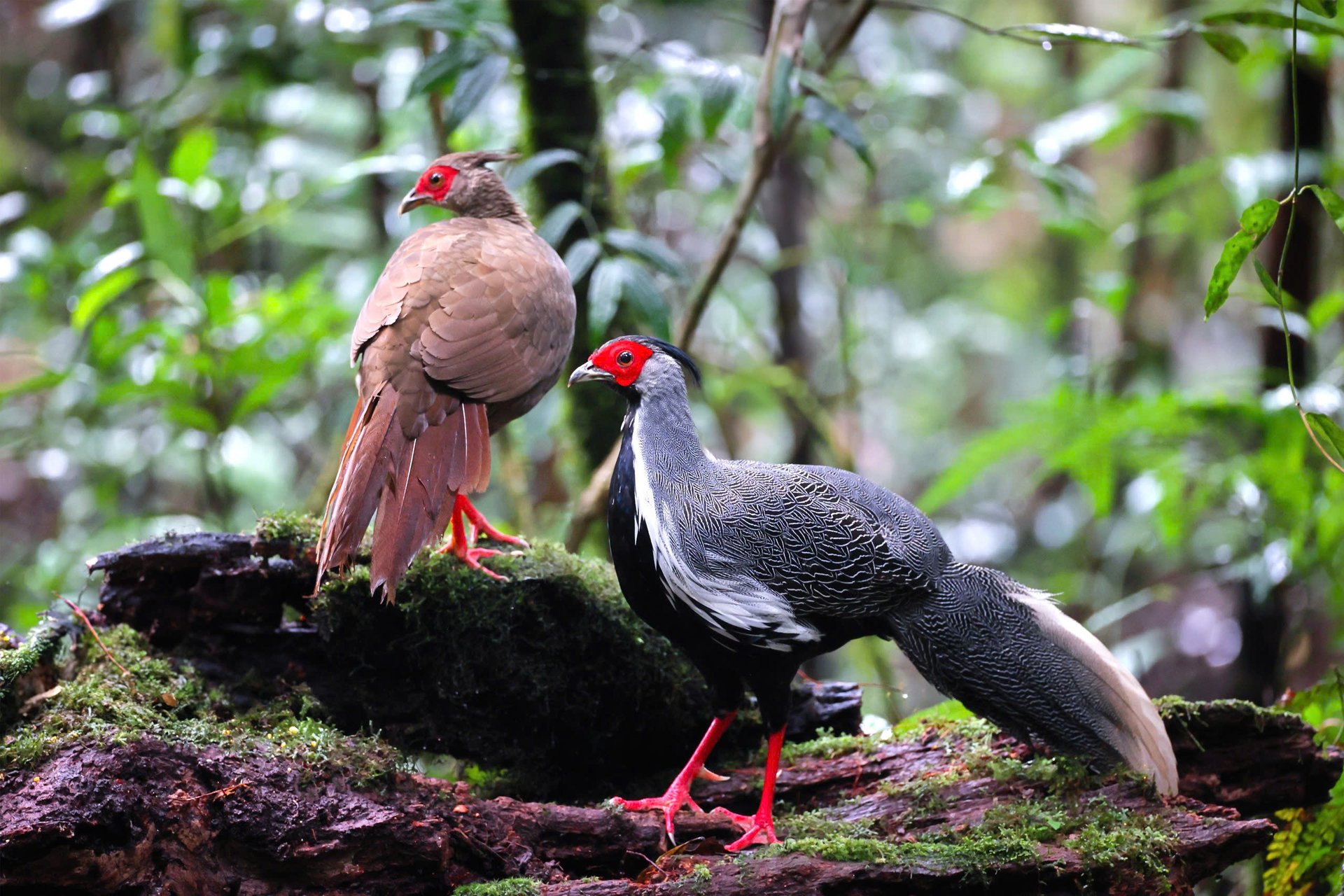
According to Dr. Nguyen Van Ngoc from the Department of Biology at Da Lat University, Langbiang is one of Vietnam’s four major biodiversity centers. However, he notes, much of its botanical wealth remains underexplored. Numerous plant species new to science have been discovered here, including Magnolia bidoupensis, Camellia ligustrina, Arisaema langbianense, and Billolivia noanii, underscoring its unique and rich flora.
“Since 2012, eight botanical surveys have been conducted under the supervision of Japan’s Ministry of the Environment,” Dr. Ngoc said. “Over 3,200 plant specimens have been collected, leading to the identification of at least seven new endemic species.” These ongoing research efforts continue to reveal the full extent of Langbiang's unique botanical treasures.
In March 2019, the first volume of a photographic guide to the flora of Bidoup - Nui Ba National Park (focused on Langbiang) was published, introducing 19 species proposed as new to science. More discoveries are expected in the two upcoming volumes. Ongoing ecological, phenological, and molecular studies will support conservation strategies tailored to the reserve’s rich flora, ensuring its continued protection.
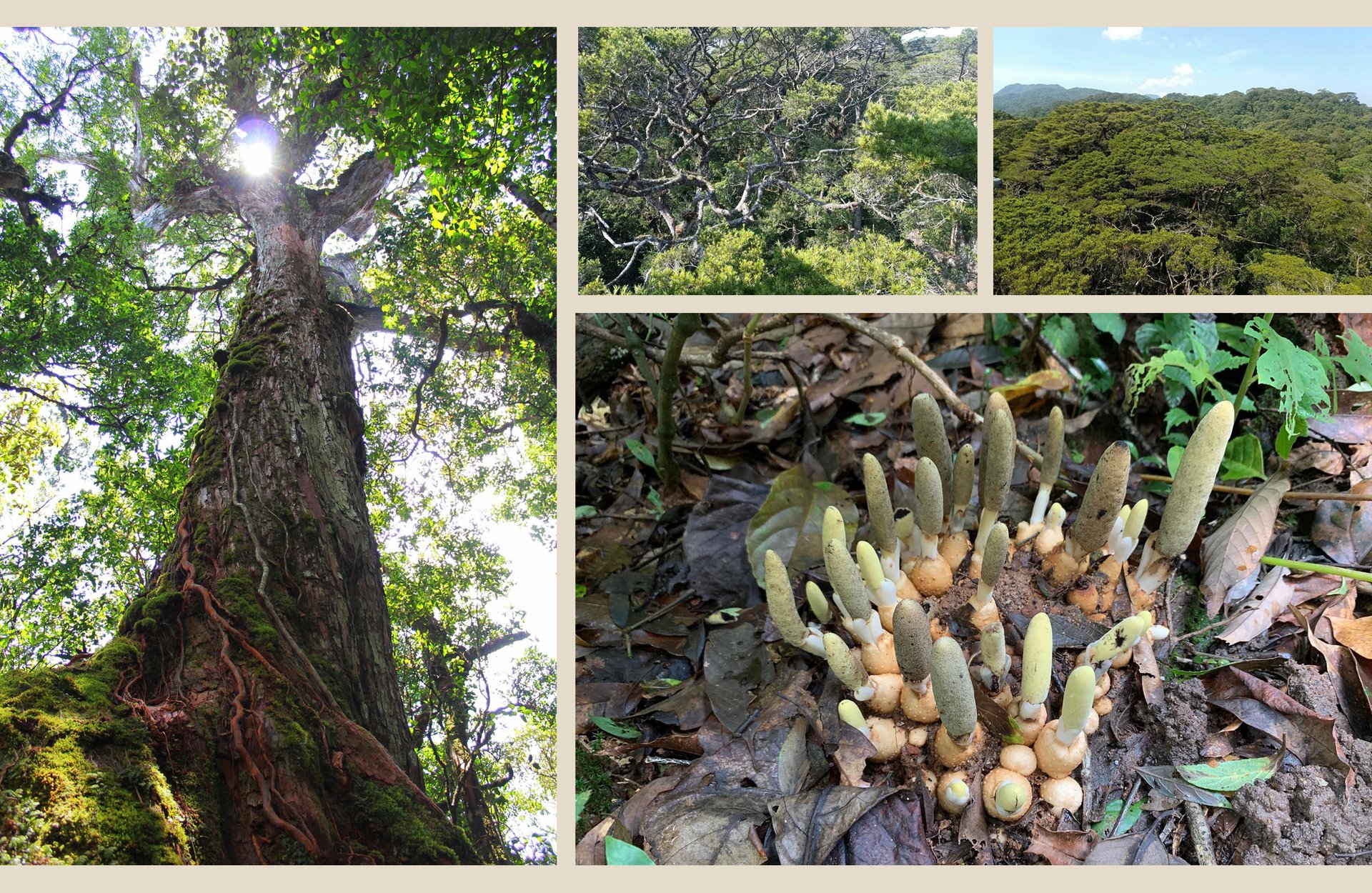
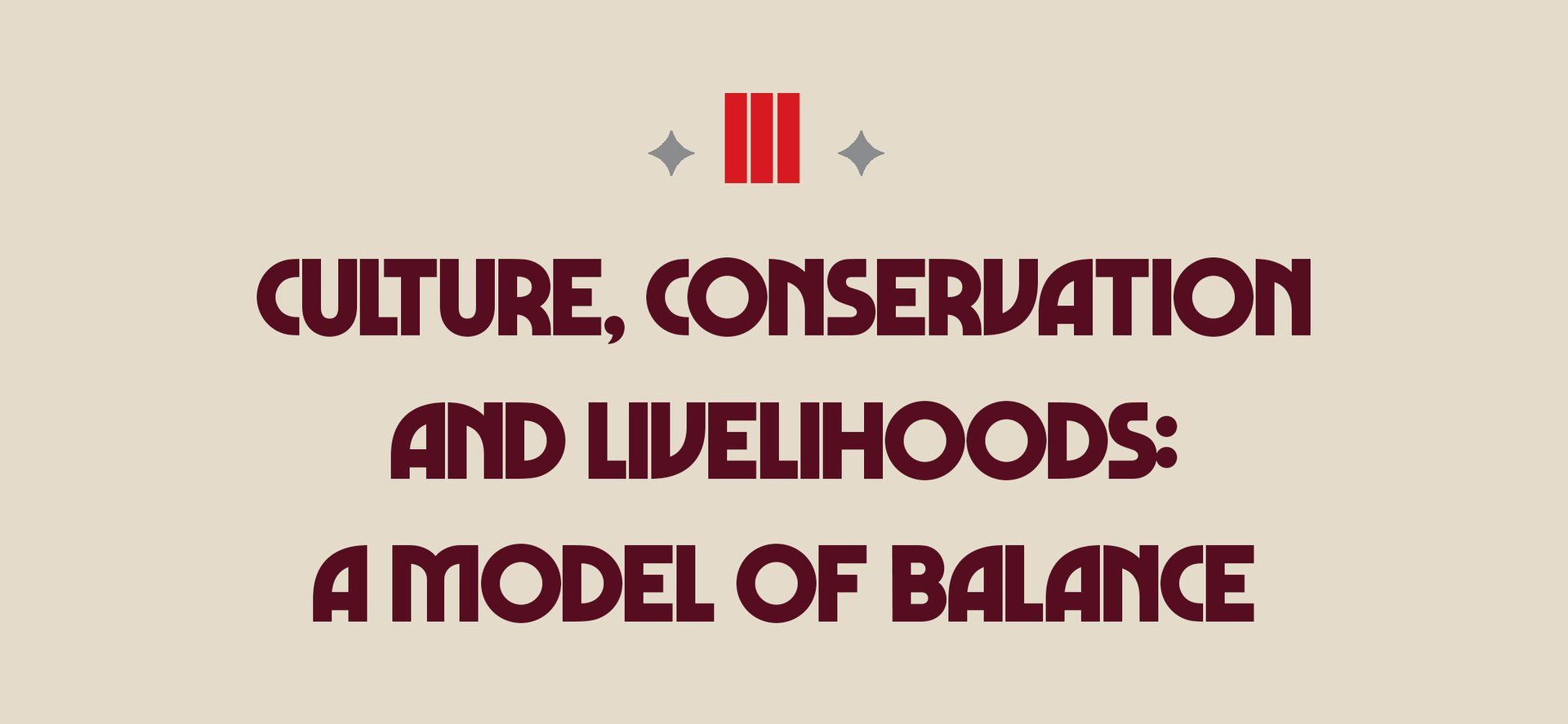
Langbiang Mountain takes its name from the K’Ho legend of Lang and Biang, a Romeo-and-Juliet-style love story that has become folklore in the Central Highlands. This story reflects the deep cultural connection of the K'Ho people to this land. The area’s cultural identity is also reflected in the vibrant Central Highlands gong culture, recognized by UNESCO as an intangible cultural heritage.
Langbiang has embraced the principle of “conservation for development, and development for conservation”. Since its UNESCO listing, it has earned the reputation of being a "guardian of sustainability," demonstrating that environmental protection can directly benefit local communities.
With assistance from JICA and international experts, the Center for Ecotourism and Environmental Education (CEEE) launched eco-tourism initiatives in 2012. These include bird-watching tours, treks into pristine forests, expeditions to Bidoup Peak (2,287 meters), and immersive experiences with K’Ho weaving and cultural life. These activities are designed to be low-impact and educational, promoting appreciation for both nature and culture.
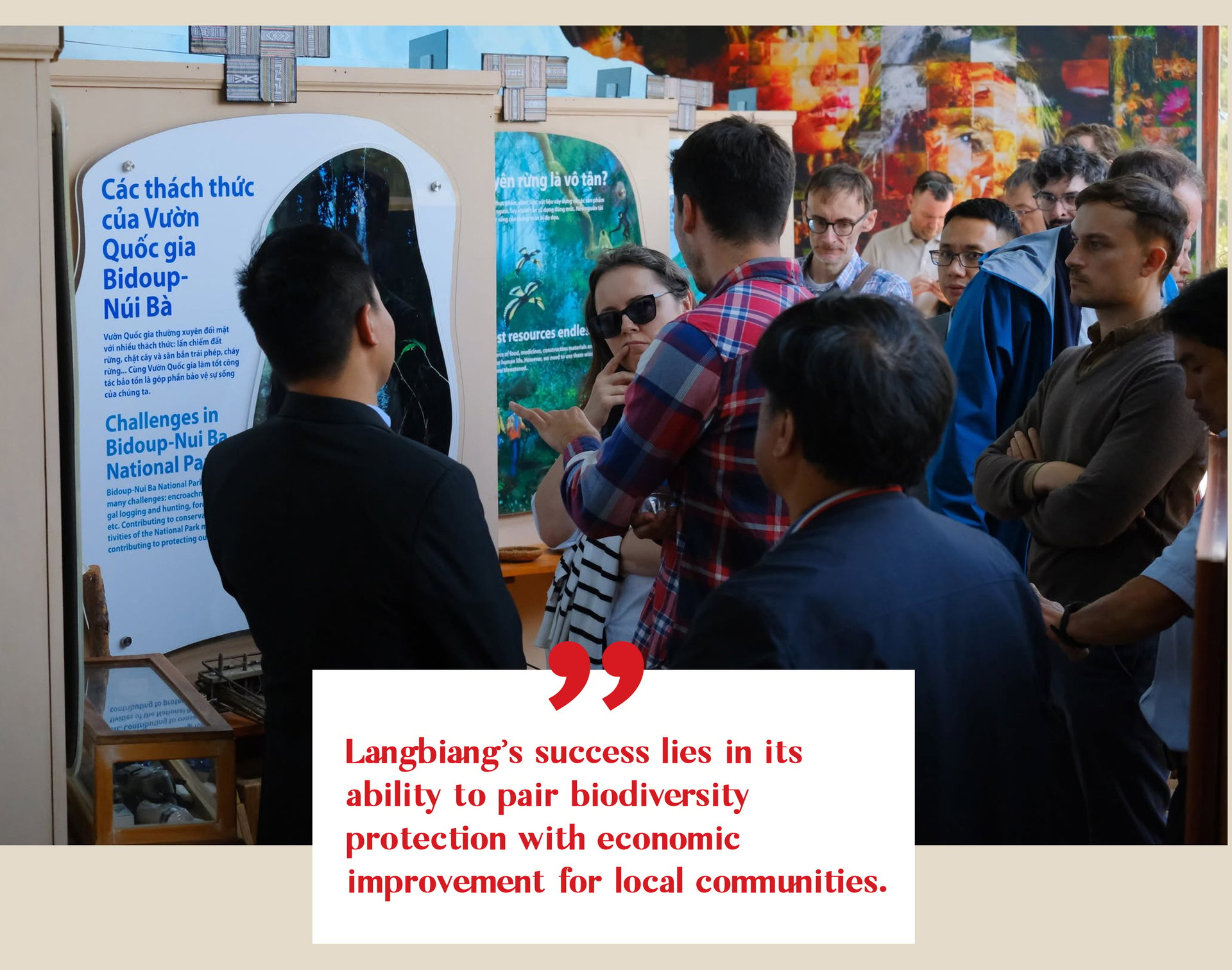
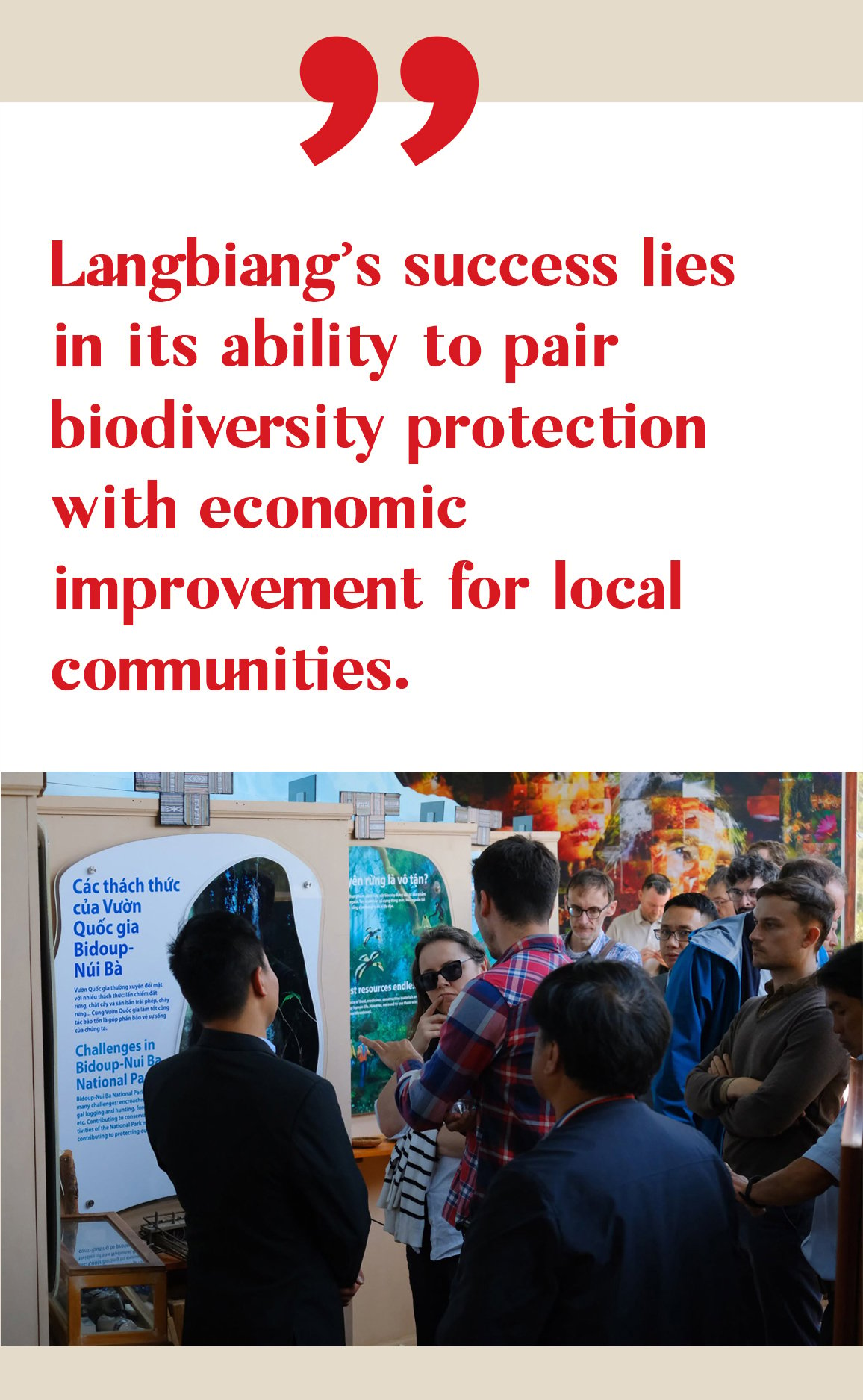
CEEE also organizes team-building activities, environmental education programs, and nature-based outings for children, fostering environmental awareness from a young age. Engaging nature-based outings for children are also a core component, designed to nurture a love for the natural world from a young age, fostering the next generation of environmental stewards and conservationists through hands-on experiences like nature walks and tree planting. Its interactive Visitor Center, established with JICA’s crucial financial and technical support, serves as a popular and highly informative destination, providing a comprehensive gateway for visitors to learn about Langbiang’s ecological significance, its rich cultural heritage, and the ongoing conservation efforts before they embark on their explorations of the reserve. The center utilizes engaging displays, multimedia presentations, interactive exhibits, and educational materials to convey its message effectively, promoting responsible tourism and environmental ethics.
In collaboration with Bidoup-Nui Ba National Park and private sector partners, CEEE also facilitates broader eco-tourism and environmental education efforts. Tourists are invited to participate in gong culture events, traditional festivals, and nature explorations, allowing for deeper engagement with the local environment and communities.
These initiatives not only raise awareness of Langbiang’s biodiversity and culture but also directly support the local economy. Tourism revenues help improve community livelihoods and fund ongoing conservation efforts, creating a sustainable cycle in which local communities benefit directly from the protection of their natural and cultural heritage.
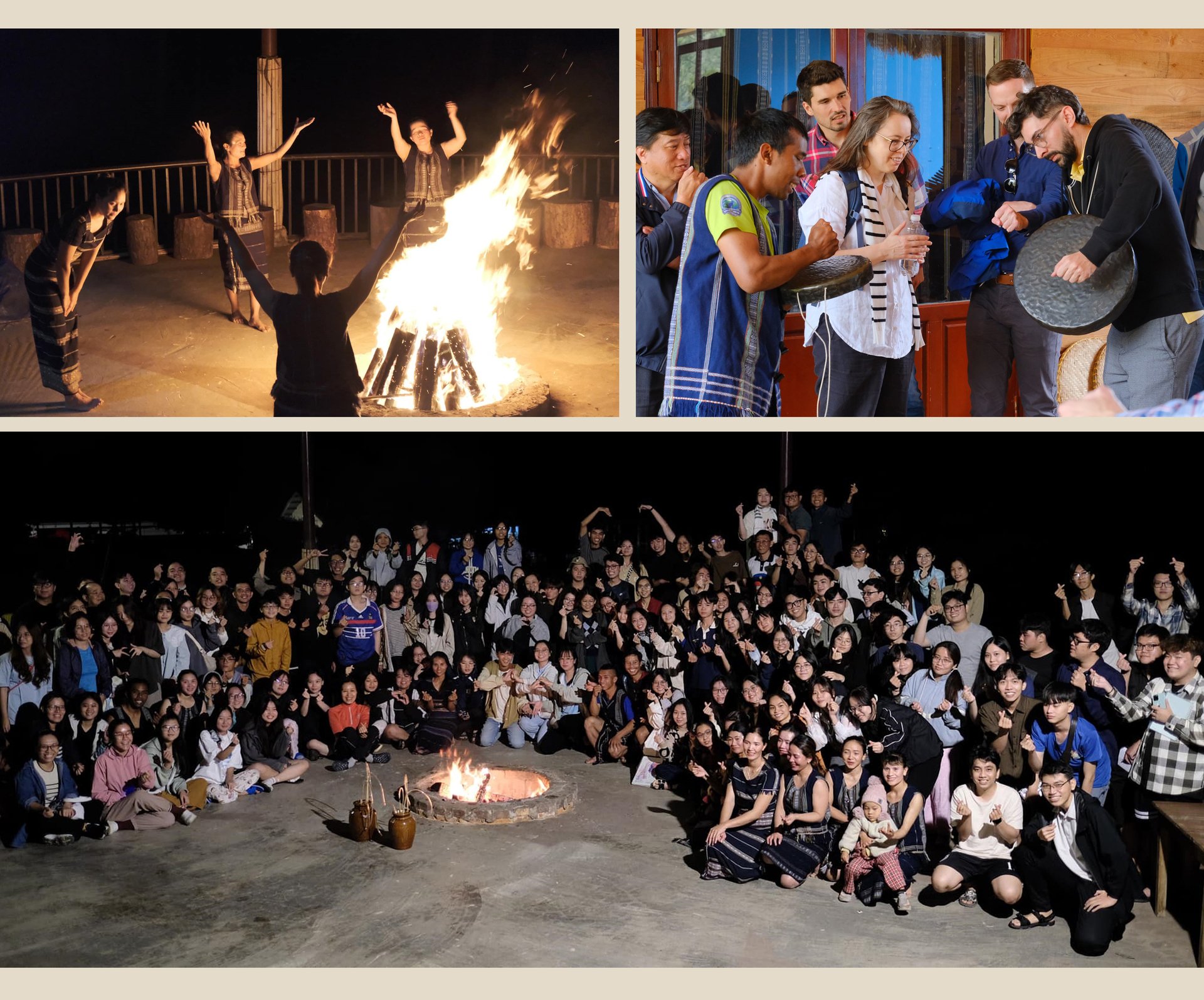
A key to Langbiang’s success is connecting biodiversity protection with income generation for local residents, especially ethnic minority groups living in or near the core zone. Several sustainable livelihood projects have been implemented, showcasing effective models for integrated conservation and development. These include supporting the cultivation of Shiitake mushrooms, improving cattle housing for concentrated farming, composting training using coffee husks, certifying sustainable coffee for 65 households (in partnership with ACOM), and linking farmers with dried persimmon producers to enable direct market access. These projects provide practical economic alternatives that reduce pressure on forest resources while improving community well-being.
From 2015 to 2022, average monthly per capita income in Langbiang increased from 5.5 million VND to 7.5 million VND, signaling real economic progress for the local population. This measurable improvement demonstrates the tangible benefits of the reserve’s integrated approach to conservation and sustainable development.
Langbiang’s integrated model of conservation and livelihood enhancement offers valuable lessons for protected areas across Vietnam. Here, community members are not merely passive beneficiaries of aid or conservation; they are empowered stewards of their forests, culture, and future, actively participating in the management and protection of their heritage.
